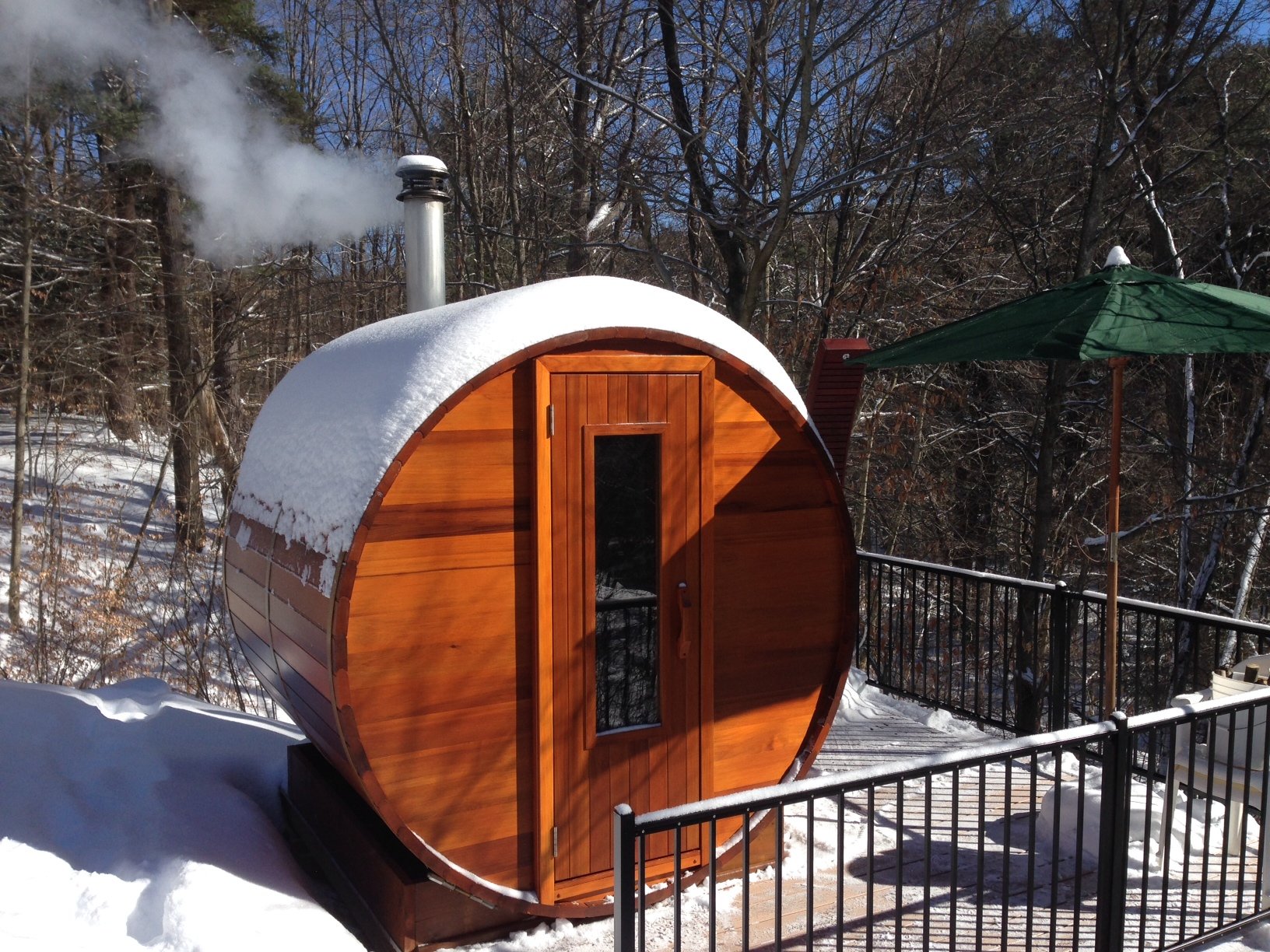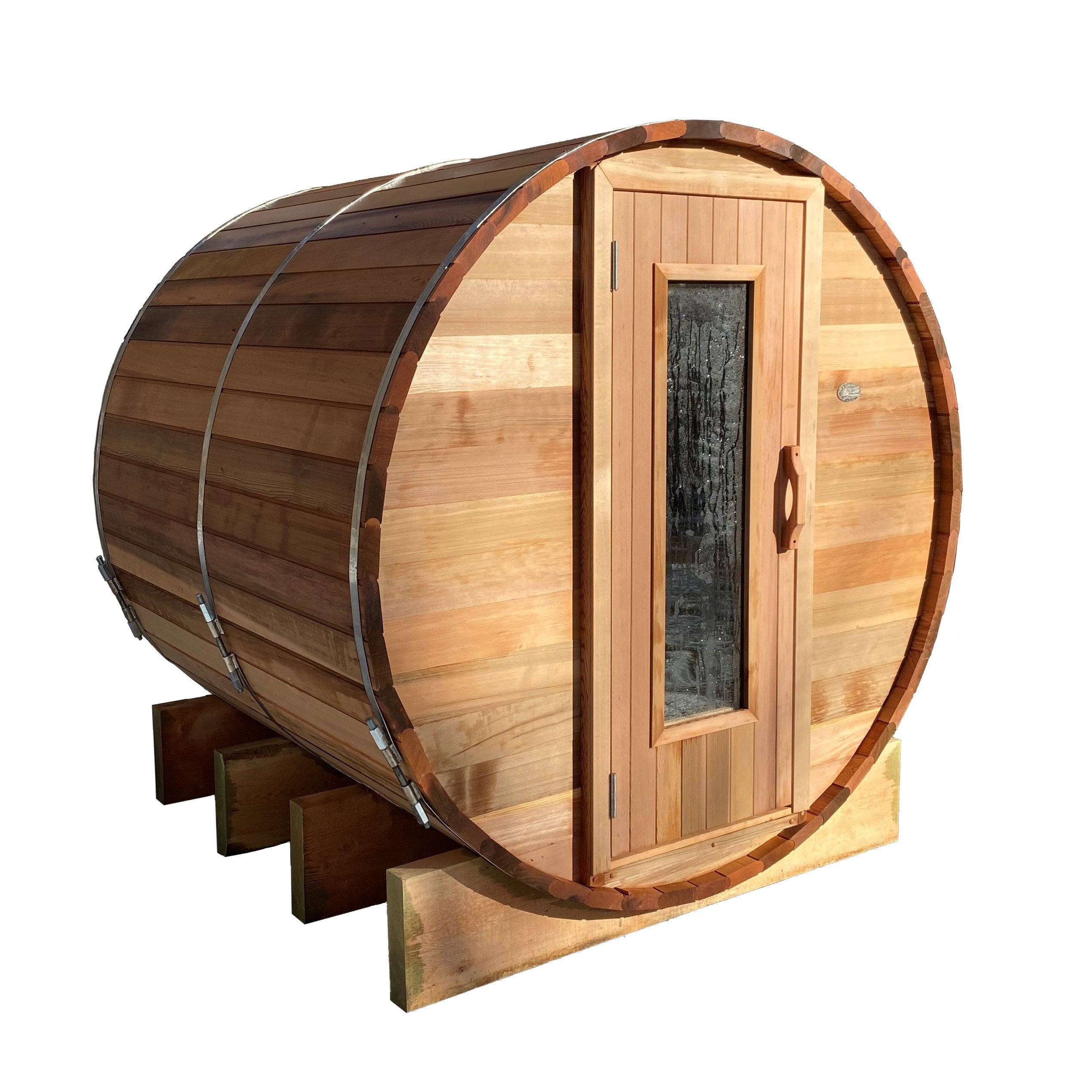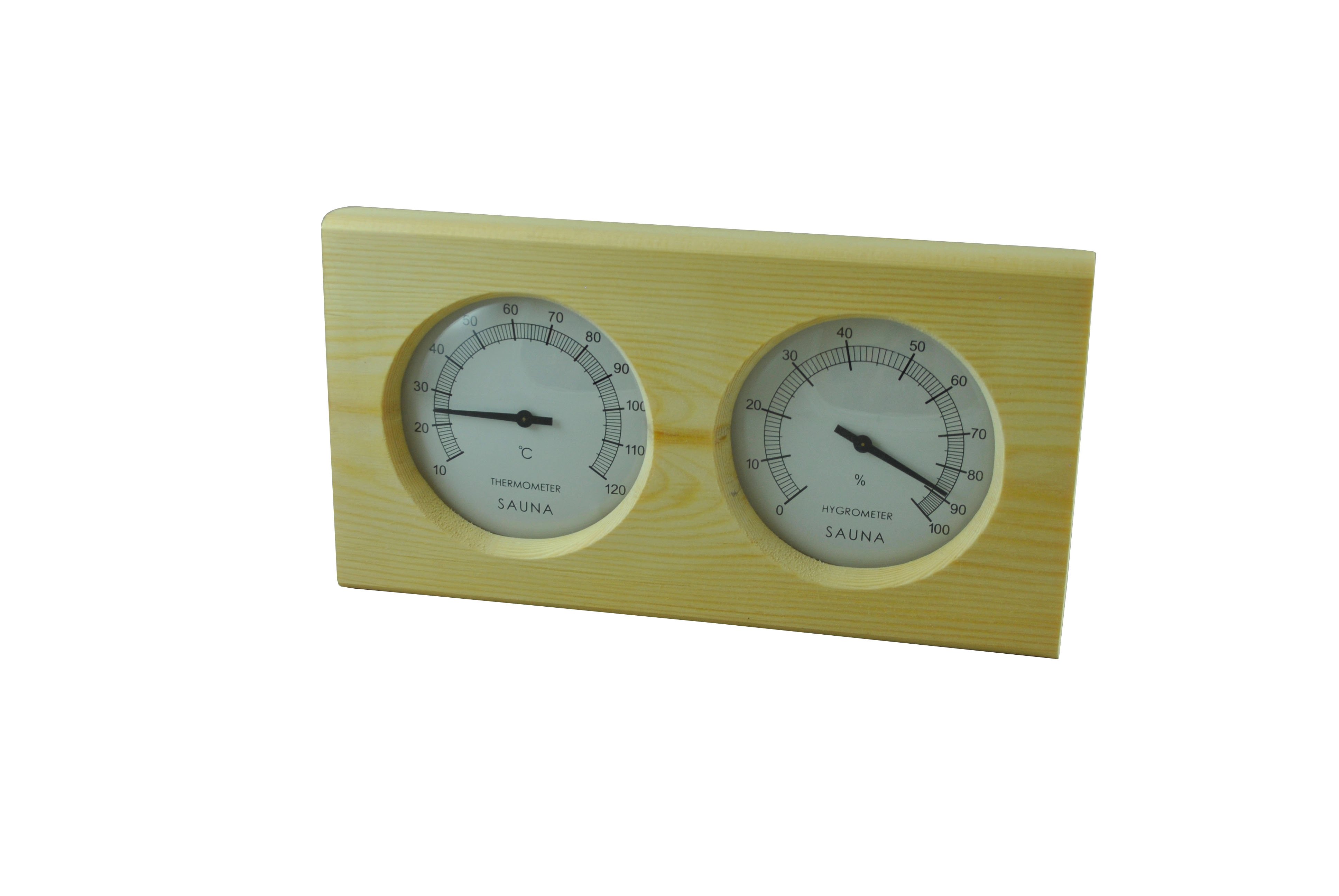A sauna needs to breath
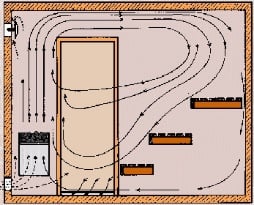 Unlike a steam room which contains very little air flow, a sauna room needs to breath. The comfort of the room depends on this and all saunas rooms should be designed with a natural air flow circulation. You will often see adjustable sauna vents that are critical to the air flow within the sauna. The goal of the air flow in a sauna is to constantly provide fresh oxygen while circulating the heat.
Unlike a steam room which contains very little air flow, a sauna room needs to breath. The comfort of the room depends on this and all saunas rooms should be designed with a natural air flow circulation. You will often see adjustable sauna vents that are critical to the air flow within the sauna. The goal of the air flow in a sauna is to constantly provide fresh oxygen while circulating the heat.
For the air flow to work there needs to be an intake and an exhaust. Because hot air rises the exhaust vent should be placed high up near the top of the sauna. The cold intake should be lower towards the ground. Often in sauna design the base of the door and the floor is used to vent the cold air by ensuring a ¾” to 1” floor gap. The upper vent is used to control the air flow by providing an adjustable louver. Ideally 6 air changes per hour provides the most comfort. As the sauna temperature increase the natural convection will increase as well. Adding steam to produce Loyly will act as a piston and force the air out of the vent port increasing the circulation.
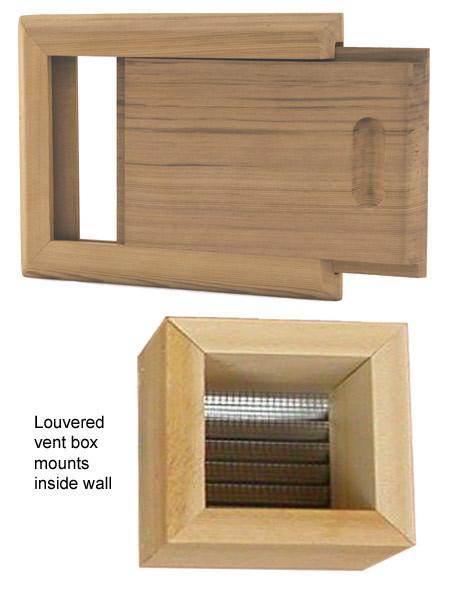 Wood fired sauna heaters have more need for air intake as the wood fired sauna naturally sucks air out of the sauna up the chimney. So, to prevent starving the sauna it is important to have even more ventilation than a traditional electric sauna.
Wood fired sauna heaters have more need for air intake as the wood fired sauna naturally sucks air out of the sauna up the chimney. So, to prevent starving the sauna it is important to have even more ventilation than a traditional electric sauna.
Sauna Vents need to be designed to move the air outside of the sauna wall. A louvered box over the vent will prevent the hot moist air from entering between the wall cavities. If venting outside be sure to have wired screen to prevent insects and animals from entering and slanted louvers will prevent wind and rain from entering. It is not recommended to use a dry style vent as these require a fan to open the vent and will not open with just natural convection.

